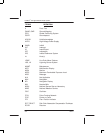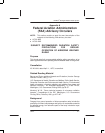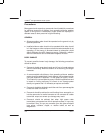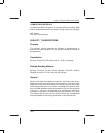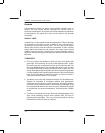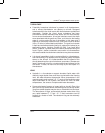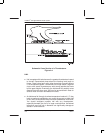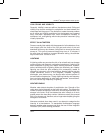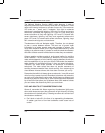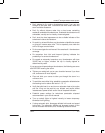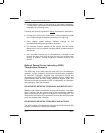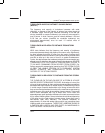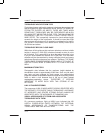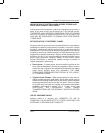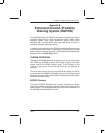
PRIMUS
R
660 Digital Weather Radar System
A28–1146–111
REV 2 A–7
Federal Aviation Administration (FAA) Advisory Circulars
LOW CEILING AND VISIBILITY
Generally, visibility is near zero within a thunderstorm cloud. Ceiling and
visibility may also be restricted in precipitation and dust between the
cloud base and the ground. The restrictions create the same problem
as all ceiling and visibility restrictions; but the hazards are increased
many fold when associated with other thunderstorm hazards of
turbulence, hail, and lightning which make precision instrument flying
virtually impossible.
EFFECT ON ALTIMETERS
Pressure usually falls rapidly with the approach of a thunderstorm, then
rises sharply with the onset of the first gust and arrival of the cold
downdraft and heavy rain showers, falling back to normal as the storm
moves on. This cycle of pressure change may occur in 15 minutes. If
the pilot does not receive a corrected altimeter setting, the altimeter
may be more than 100 feet in error.
LIGHTNING
A lightning strike can puncture the skin of an aircraft and can damage
communication and electronic navigational equipment. Lightning has
been suspected of igniting fuel vapors causing explosion; however,
serious accidents due to lightning strikes are extremely rare. Nearby
lightning can blind the pilot rendering him momentarily unable to
navigate by instrument or by visual reference. Nearby lightning can also
induce permanent errors in the magnetic compass. Lightning
discharges, even distant ones, can disrupt radio communications on
low and medium frequencies. Though lightning intensity and frequency
have no simple relationship to other storm parameters, severe storms,
as a rule, have a high frequency of lightning.
WEATHER RADAR
Weather radar detects droplets of precipitation size. Strength of the
radar return (echo) depends on drop size and number. The greater the
number of drops, the stronger is the echo, and the larger the drops, the
stronger is the echo. Drop size determines echo intensity to a much
greater extent than does drop number. Hailstones usually are covered
with a film of water and, therefore, act as huge water droplets giving the
strongest of all echoes.
Numerous methods have been used in an attempt to categorize the
intensity of a thunderstorm. To standardize thunderstorm language
between weather radar operators and pilots, the use of Video Integrator
Processor (VIP) levels is being promoted.



